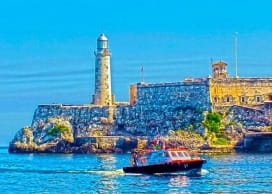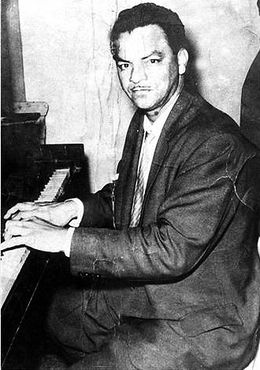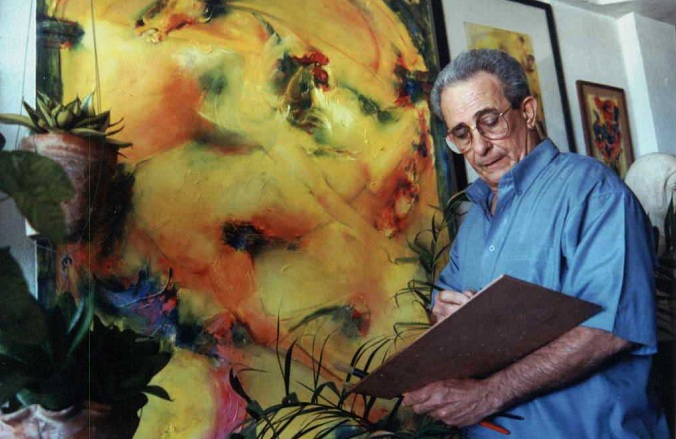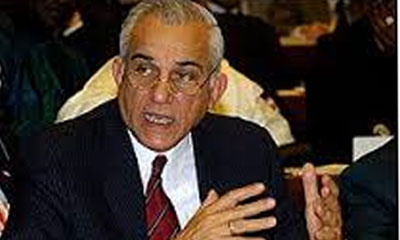
Havana ephemeris. 26 of August.
1879. Esteban Pichardo Tapia dies in Havana.

His birth took place in Santiago de los Caballeros, Santo Domingo, on December 26, 1799. When he was only two years old, his family settled in Cuba, in the town of Santa María del Puerto del Príncipe, today Camagüey. , where he attends his first studies.
His main geographical work was the General Itinerary of the Island of Cuba. Cartography was a key element in his life. He produced a General Map of Cuba on a smaller scale and in 1840 he undertook the making of a map of Matanzas and another of the Western Region on four sheets, which came to light in 1853. He received numerous awards for his scientific work.
The beginning of the twenties marked Esteban Pichardo's first political differences with the Spanish colonial government, which limited his relationship with it only in the scientific field.
He ventured into literature by writing a volume of poetry and the Almost Reasoned Dictionary of Cuban Voices, published in 1836, which had several editions, the third in 1862.
He was considered the foremost geographer of Cuba in the nineteenth century.
1990. The pianist and composer Luís Martínez Griñan dies in Havana.

With the course of his existence, he was known as Lili and became a notable pianist, a great composer, as well as an arranger and conductor. He was described by the musician Antonio Arcaño as the Pearl of the Orient. He has been considered by specialists as the highest exponent of son montuno piano in Cuba. His work in Cuban popular music and his works specifically occupy a symbolic place in the country's history.
For his work he received the Distinction for National Culture and the
Raúl Gómez García Medal, among other recognitions.
His birth took place in the city of Guantánamo, then province of Oriente, on August 19, 1915.
2003. The prominent Cuban sculptor and painter José de Lázaro Bencomo dies in Havana.

Known as José Delarra, he was the creator of monumental artistic ensembles that became patriotic symbols in different provinces of the country. He created works in plaster, marble, stone, bronze, and wood. Among his most transcendental works stands out the monument erected in the city of Santa Clara in homage to Commander Ernesto Che Guevara. He was also the one who conceived the mausoleum where the remains of Che and his companions who fell in Bolivia are found. This pantheon is located at the back of the monumental complex.
His final work was the monument that commemorates the arrival of the guerrilla column commanded by Raúl Castro at Piloto del Medio, in the middle of Sierra Cristal.
He offered his wisdom to other Cuban figures, particularly young people who saw sculpture as a source of motivation. Due to his great contribution to the development of sculpture and painting in Cuba, he obtained various awards and decorations. He was awarded the title of National Labor Hero, the Alejo Carpentier Medal and the Replica of the Máximo Gómez Machete. He was a deputy to the National Assembly of People's Power and a member of the National Union of Cultural Workers.
His birth took place in the town of San Antonio de los Baños, in the current province of Artemisa, on April 26, 1938.
2015. Carlos Amat Forés dies in Havana.

His birth took place in the city of Banes, Holguín, on November 13, 1930. In 1946 he moved to Santiago de Cuba. In 1951 he began his university studies at the Universidad de Oriente where he graduated with a law degree.
He worked as an operator in the Transmission Department of the Santiago de Cuba Telephone Company, from where he carried out activities in support of the revolutionary movement.
His house served as a refuge for comrades from the leadership of the July 26 Movement and the clandestine newspaper Sierra Maestra was printed in the basement of the building.
After the triumph of the Revolution, he developed dissimilar tasks and held significant responsibilities including that of Minister of Justice, as well as Ambassador of Cuba in Canada and before important organizations of the United Nations system, in Geneva, Switzerland. He was also Dean of the Faculty of Humanities at the University of Havana and Director General of the Cuban Association of the United Nations.
He received numerous awards and decorations, among which his status as founder of the Communist Party of Cuba stands out, as well as medals awarded by the Council of State, numerous distinctions and commemorative stamps.